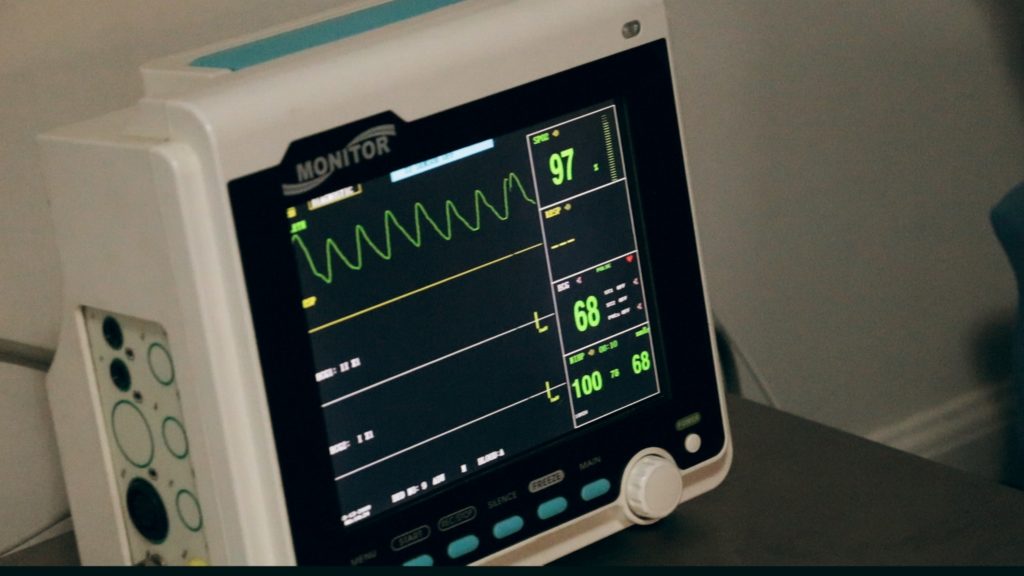
Paper: Hadley MN, Shank CD, Rozzelle CJ, Walters BC. Guidelines for the use of electrophysiological monitoring for surgery of the human spinal column and spinal cord. Neurosurgery. 2017;81(5):713-732.
In this paper1, the authors review and grade the literature on neuromonitoring (IONM) in spine surgery and make recommendations regarding the diagnostic value, therapeutic value, and cost effectiveness of IOM according to modified NASS criteria. The authors conclude that IOM has diagnostic value in spine surgery, but the therapeutic value has not been shown; therefore, the expense of IOM does not justify its use in spine surgery.
Following publication of this article, multiple letters2-5 were written to the Editor of Neurosurgery expressing concern over inaccuracies, inconsistencies and bias in the generation of the guidelines. Authors of these letters consisted of professional societies and internationally-recognized individuals representing neurosurgery, neurophysiology, neurology, anesthesiology, health policy, and economics. All of the letters and authors agree that these guidelines are simply unacceptable and should be summarily dismissed.
Here are some of the major concerns expressed in the letters to the Editor:
- These guidelines, as endorsed by both the AANS and the CNS, are promulgated by four neurosurgeons from a single institution. None of the authors have any expertise in IOM, which is the subject of the guidelines.
- The authors did not follow even the rudiments of proper guideline development as outlined by the Institute of Medicine.
- The literature review was neither systematized, nor complete, nor balanced. Authors failed to include dozens of high quality papers in support of IOM and elected to highlight only papers against the use of IOM.
- The authors completely ignored sophisticated, cost-effectiveness analyses of national claims data performed by economists, neurologists, and health policy experts.
- The authors ignored widely-accepted scholarship on diagnostic and therapeutic utility of IOM, opting to redefine how true/false positive/negative results are reported. They even changed data from a high quality, multi-center published report to fit their bias and thus published falsified statistics.
- The recommendations against the use of IOM have the ability to harm patients from whom IOM may be withheld based on the paper’s misleading claims.
Like many of the authors who took the time to write these letters to the Editor, we feel that guidelines on the use of IOM in spine surgery (or any other surgery) are needed and welcomed by all stakeholders. We also feel that guidelines should be systematized, objective, balanced and multidisciplinary. It is essential to describe benefits of IOM and potential harms of withholding IOM. Patient values must be considered. Outside reviewers should be included. Guidelines should never be written simply to combat the harsh North American medicolegal climate that we all know exists; rather, they must be written to guide patient care in a manner that represents the needs of the global surgical community. Unfortunately, the paper written by Hadley and colleagues did not meet many of these expectations.
As we continue to work together in our collective endeavor to provide the highest quality of patient care, we believe it is imperative to communicate these concerns to you. Please feel free to share them with your colleagues. It is our sincere hope that our partners in patient care will read these guidelines carefully, along with the many letters to the editor, which are still being submitted and published. We think you will agree that the guidelines are biased and should not be used to guide the care and treatment of patients undergoing spine surgery.
If you have questions about the guideline paper, the letters written to the editor, or any of the literature on IOM, please feel free to reach out to us. We’re always happy to have these conversations.
Rich Vogel, PhD, DABNM, FASNM
Adam Doan, DC, DABNM
References:
- Hadley MN, Shank CD, Rozzelle CJ, Walters BC. Guidelines for the use of electrophysiological monitoring for surgery of the human spinal column and spinal cord. Neurosurgery. 2017;81(5):713-732.
- Vogel R, Balzer J, Gertsch J, Holdefer RN, Lee GR, Moreira JJ, Wilent B, Shils JL. Letter: Guidelines for the Use of Electrophysiological Monitoring for Surgery of the Human Spinal Column and Spinal Cord. Neurosurgery. 2018 Jun 1;82(6):E190-E191.
- Ney JP, van der Goes DN. Letter: Guidelines for the Use of Electrophysiological Monitoring for Surgery of the Human Spinal Column and Spinal Cord. Neurosurgery. 2018 May 22. [Epub ahead of print].
- Wilkinson M, Houlden D. Letter: Guidelines for the Use of Electrophysiological Monitoring for Surgery of the Human Spinal Column and Spinal Cord. Neurosurgery. 2018 Apr 24.[Epub ahead of print].
- Sala F, Skinner SA, Arle JE, Constantini S, Deletis V, Kothbauer KF, MacDonald DB, Shils J, Soto F, Szelenyi A. Letter: Guidelines for the use of Electrophysiological Monitoring for Surgery of the Human Spinal Column and Spinal Cord. Neurosurgery. 2018 Jun 11. [Epub ahead of print].